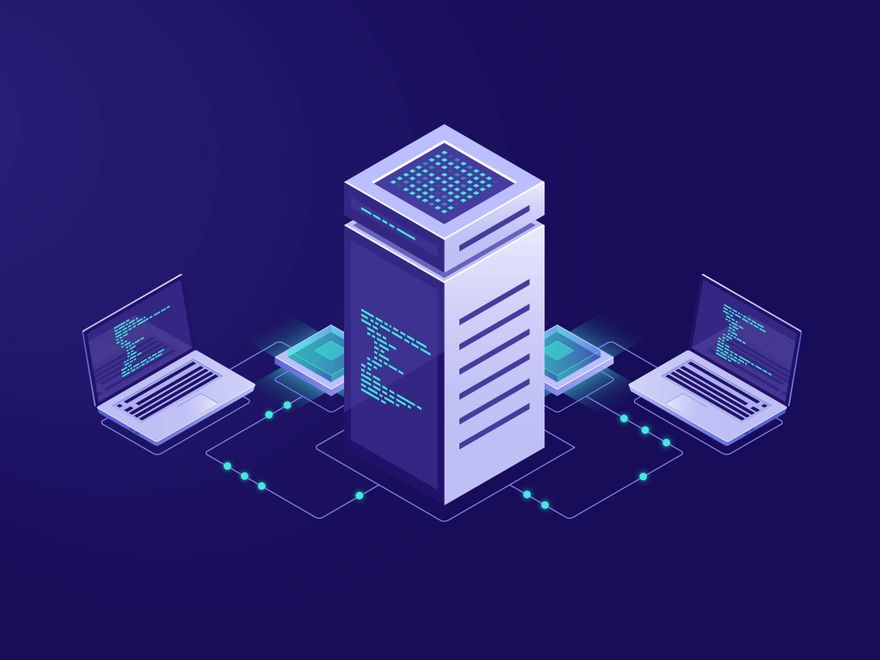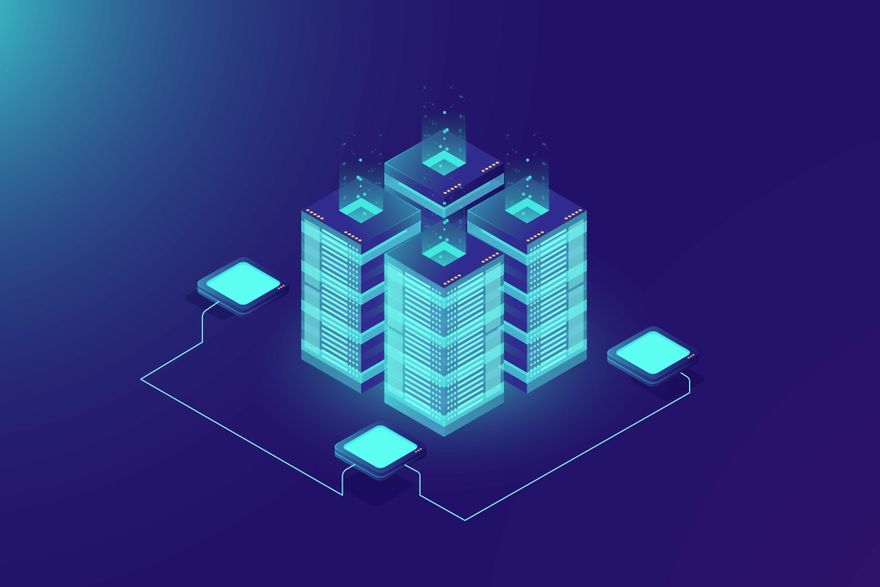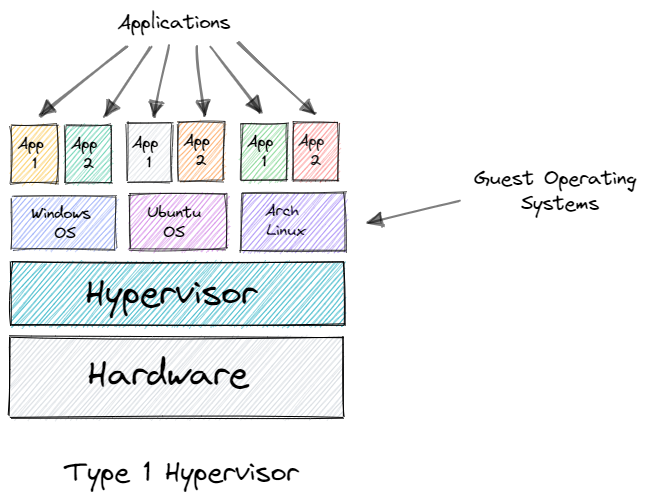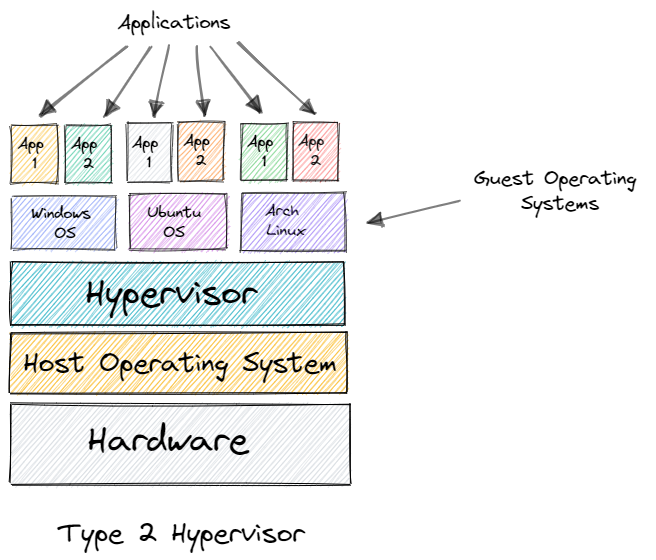Introduction
Alex : Hey Garry! Can you spin up a VM and test this application?
Garry : Sure, I'll do that right away.
How often do you hear that idiom "spin up a VM" while conversing in IT? It's quite common right? But for anyone who's just starting his career in cloud, it can be quite overwhelming.
So... what the heck are VMs? What technology does it use and what are hypervisors?
Read on to know more👇
What is Virtualization🤔?
As per Wikipedia,
Virtualization is the act of creating a virtual (rather than actual) version of something, including virtual computer hardware platforms, storage devices, and computer network resources.
Or to put it simply, Virtualization means splitting physical resource like memory, CPU and storage into multiple virtual resources.
It's a technology that allows us to utilize a machine's full capacity by distributing it's resources among multiple environments each isolated from one another.
Virtual Machine🔖
A "Virtual Machine" or "VM" is a virtual instance of a computer. Just like other computers it has a CPU, memory and storage.
These virtual machines run on a physical computer and a software called "Hypervisor" manages their allocation and access to the computing resources.
Hypervisor🔖
Hypervisor or Virtual Machine Monitor is a virtualization software which allows one to build and run different VMs. It lets one host computer support multiple guest VMs by sharing its resources like memory and CPU.
Hypervisors are of two types:
- Type-1 Hypervisor
- Type-2 Hypervisor
Type-1 Hypervisor🔖
Type-1 Hypervisor or Native Hypervisor runs directly on host's hardware and replaces the Host operating system.
As it sits directly on the hardware, it is also called Bare-Metal Hypervisor.
Usage:
- It is very commonly used in data centers and other server-based environments due to its high performance.
Advantages:
-
Higher performance(as it has direct access to the hardware) More SecureNo Single point-of-failureBetter Scalability
Disadvantages:
Needs a dedicated machine to administer different VMs and control hardware.
Few of the mostly widely used Type-1 Hypervisors are VMware ESXi, Microsoft Hyper-V and KVM.
Type-2 Hypervisor🔖
Type-2 Hypervisor or Hosted Hypervisor runs as an application on the top of the Host operating system.
Usage:
- It is commonly used by people who want to try out different operating systems or want to test their application for compatibility.
Advantages:
Cost efficientSimplified ManagementThreat isolation
Disadvantages:
Compromised performanceSingle point of failure
Few of the most widely used Type-2 hypervisors are VirtualBox, VMware Workstation and Parallel Desktop.










Top comments (6)
Students appearing for the IMU Entrance Exam often travel long distances to reach their exam centers, so proper planning really matters.
It helps to check routes and travel time driving in advance to avoid last-minute delays and reach on time with less stress.
A few minutes of preparation can make a big difference on exam day.
Virtual machines are a powerful way to test software and run multiple environments without extra hardware costs. For accessing tools and apps that enhance productivity, apkvolo.com/ offers a wide range of options worth checking out.
Great introduction to virtualization—super clear and beginner-friendly! 🙌
The real-world dialogue at the start Summertime game makes it relatable for anyone in IT.
I like how you broke down VMs and hypervisors without overcomplicating things.
Perfect read for anyone starting in cloud or DevOps!
Great intro to VMs, Sneh! For anyone looking to visualize VM concepts for presentations, this android APP is handy for quick, polished graphics.
Great overview of virtual machines, this really helps beginners understand how virtualization works in real environments. I’ve found that pairing VMs with free cloud storage
is a great way to back up important files or share large test environments without worrying about local storage limits.
Great intro to VMs, Sneh! For anyone looking to visualize VM concepts for presentations, this Android app is handy for quick, polished graphics.